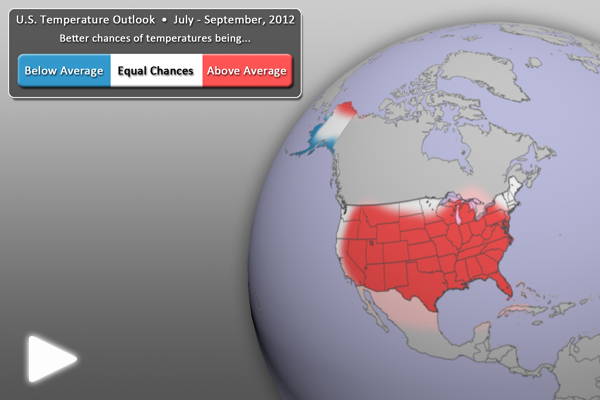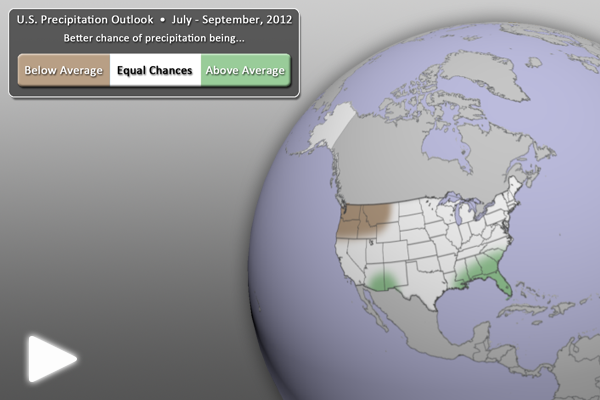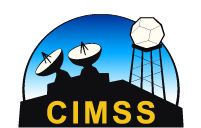Much of the United States is expected to be warmer than normal this summer. Some drought may also be on the way for parts of other desert southwest. Read on for more information.
- With the absence of La Niña, temperatures are rebounding.
- For the July – September period, warmer than normal temperatures are expected across most of the contiguous United States. Because of low soil moisture amounts in the southwest and mid-Mississippi River valley, temperatures are likely to be warmer than average.
- The west coasts of Alaska are the only U.S. locations expected to be cooler than normal. This is likely due to the cooler than normal SSTs in this region.
- All other locations (in white) have equal chances of being warmer or cooler than normal.
- Outlook by NOAA’s Climate Prediction Center (CPC)
- In its forecasts, the CPC uses a wide variety of models in conjunction with looking at climate variables (like La Niña).
- It should be noted that areas in the “warmer than normal” region may still have cooler than normal days. This outlook only suggests that after the three months are over, those areas in the “warmer than normal” region are more likely to have experienced warmer than normal average temperatures.
- For the next three months (July – September), drier than normal conditions are expected for the Pacific Northwest, reaching as far east as western Montana.
- Wetter than normal conditions are expected in the extreme southern portions of the desert southwest, likely due to increased monsoonal moisture. The southeast U.S. is also expected to be wetter than normal, due in part to warm waters in the Gulf of Mexico.
- All other locations (in white) have equal chances of being wetter or drier than normal.
- Outlook by NOAA’s Climate Prediction Center (CPC)
- In its forecasts, the CPC uses a wide variety of models in conjunction with looking at climate variables (like La Niña).
- It should be noted that areas be in the “drier than normal” region may still have rainy days. This outlook only suggests that after the three months are over, those areas in the “drier than normal” region are more likely to have experienced drier than normal averages.
Where do I find the datasets?
- First, check your SOS system to make sure they are not already in the EarthNow category. There is also an earthnow.sos playlist file that includes a playlist with all of these datasets.
- If not, you can download the datasets and playlist files from this FTP Site.
Helpful Resources for More Information
- http://www.cpc.ncep.noaa.gov/products/predictions/90day/fxus05.html NOAA CPC Outlook Discussion
- http://www.ncdc.noaa.gov/sotc/briefings NOAA Climate Report Briefings








